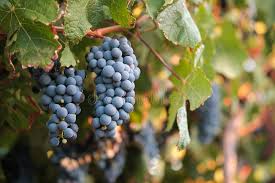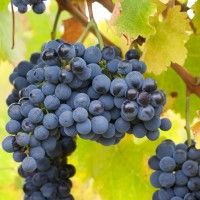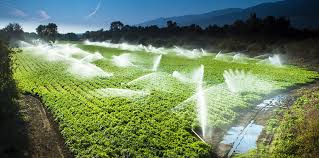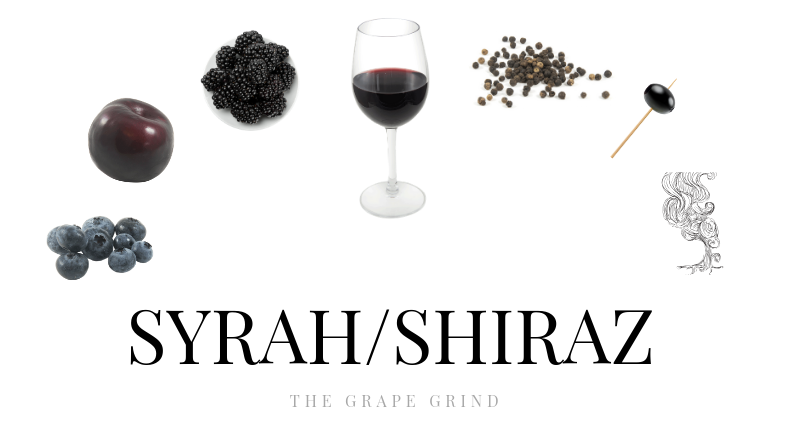Syrah and Shiraz wines are made from the same variety of red grape. If you analyze the DNA of each grape used to make these wines, you will find that there is no difference between them. This leads many people to believe they are the same red wine with different names.
The French refer to the grape and the wine made from it as Syrah. In other notable regions such as: South America, Australia, New Zealand, Canada and the United States, the grape and the wine are referred to as Shiraz.
The difference between Syrah and Shiraz illustrates how a grape’s environment and the way in which it is processed influences the resulting wine.

Syrah History
There is a long-held belief that the Syrah grape originated in Persia. It was cultivated for thousands of years before being transported to the Rhone region of France sometime around 600 BC. There is no documented evidence backing up this legend however, and
DNA testing supports a French origin of the Syrah grape variety. Syrah became famous in Tain-l’Hermitage located in northern Rhone. This region has a history of winemaking dating back many centuries.
Shiraz History
In 1831, James Busby, a founding father of Australian viticulture, traveled to Europe in search of vine cuttings suitable for introduction to Australia. He returned with Syrah cuttings. He planted them in the Sydney Botanical Gardens and in the north-west of Sydney. Within three decades, Syrah became an important grape variety throughout Australia’s premier wine growing regions.
The origin of the name Shiraz in Australia is believed to be a direct reference to the Persian city of Shiraz. Shiraz was rumored to be the possible origin of the grape variety. The name might also be an offshoot of Sycras or Ciras – names that Busby initially used.


What’s the Difference?
While the grape remains the same, so much else is different. The soil, the climate, the cultivation, and the fermentation all vary to make a Syrah, a Syrah, and a Shiraz, a Shiraz.
Different soils can influence how the grape develops its own flavor. The French vineyards are heavy in limestone. Limestone holds moisture better and deeper than most soils. This forces the vines to get more of their nutrients from deeper soils. The result is a wine with more layered, complex flavors.
The French are not allowed to use irrigation or fertilization on their vines. This stems from governmental laws designed to keep the grape production limited. It leads to stressed vines with fewer berries. But, each berry packs more flavor.
Places like Australia, South Africa, and New Zealand that grow Shiraz grapes have sandy soils. The farmers use plenty of fertilization and irrigation. The cultivation is abundant. These processes create a wine with a more even character than a Syrah. The grapes mature more quickly.
Even the rate of fermentation plays some role in the flavor development of the wine. A Syrah is fermented more slowly to increase the time the pulp can stay on the fermentation. A Shiraz is fermented at a faster, more-normal rate which helps to make the wine, in general, fruitier.


While both wines are very assertive red wines, a Syrah tends to be a little more elegant and complex. It usually has more of a smoky, earthy character with flavors of plum and spicy pepper. A Shiraz on the other hand is more fruity, less layered with slight, jammy flavors of berry as compared to a Syrah. If you tasted both wines side-by-side, you would notice more differences than similarities between the two.
So, as you can see, there is much more than just the grape when it comes to bringing a wine to fruition. While a wine’s character always begins with the grape, it depends upon many other factors, including the human touch.
The next time someone tries to tell you that Syrah and Shiraz are the same, you will be able to set them straight. To learn more about the various growing regions and their wine making processes, check out one or more of our wine classes.

